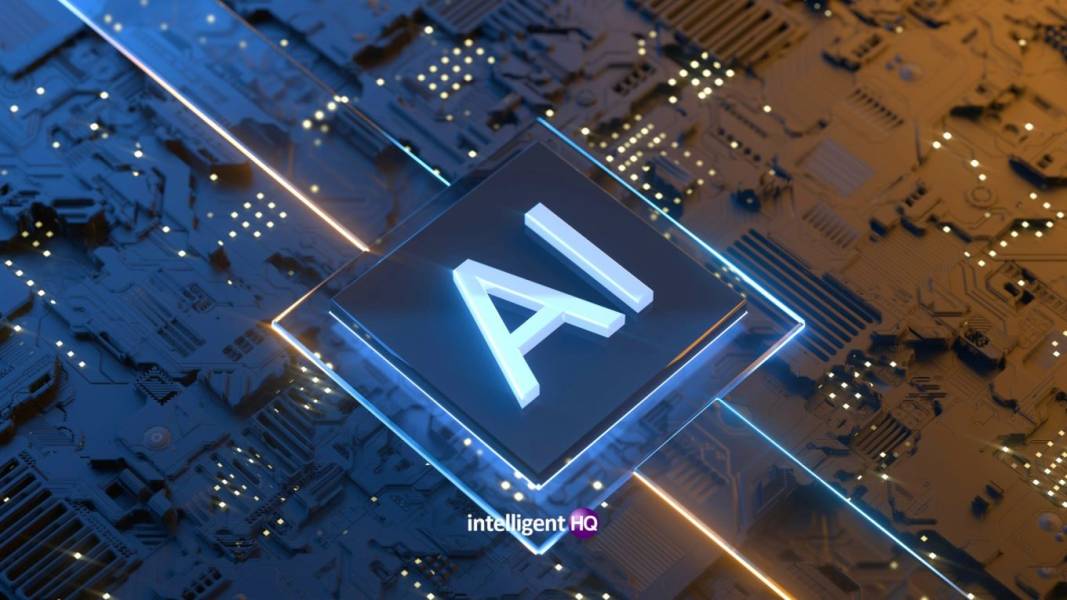Intelligent Automation improves a company’s bottom line with benefits such as boosted productivity, enhanced accuracy, and shortened turnaround times. However, in addition to the COVID-19 challenge, firms in the asset management, banking, and insurance sectors also face a wide range of additional difficulties, such as compressed fees, new competitors, fluctuating macroeconomic conditions, and regulatory changes.
Simply controlling costs is no longer sufficient; intelligent automation might be helpful in this situation. Automation’s actual value resides in its capacity to establish uniqueness in a highly competitive environment by serving as a lever for improved customer experience supported by the entire business.
What is intelligent automation?
IPA “takes the robot out of the human,” in essence. Fundamentally speaking, IPA is a burgeoning collection of cutting-edge technology that blends fundamental process redesign with robotic process automation and machine learning. The knowledge worker is helped by this set of business process improvements and next-generation tools by having repetitive, reproducible, and routine duties eliminated. Additionally, it may dramatically enhance customer journeys by streamlining interactions and accelerating procedures.
As time passes, IPA picks up on human actions and becomes progressively more adept at imitating them. Thanks to advancements in deep learning and cognitive technologies, traditional rule-based automation tools are now equipped with decision-making capabilities. The promise of IPA is significantly greater productivity, improved employee performance, decreased operational hazards, and enhanced response time and client satisfaction.
IPA includes five fundamental technologies in its entirety:
Robotic process automation (RPA): A software automation solution that uses pre-existing user interfaces to automate repetitive processes like data extraction and cleaning. The robot can carry out rule-based duties such as accessing email and systems, completing computations, producing documents and reports, and inspecting files. It has a user ID, much like a person. One significant insurance cooperative used RPA to cut back on excessive queue processes that affected 2,500 high-risk accounts daily, freeing up 81 percent of FTEs to take on proactive account management roles.
Smart workflow: A process-management technology called a “smart workflow” connects work done by teams of humans and machines (for instance, by sitting on top of RPA to help manage the process). In addition to managing handoffs between various groups, including between robots and human users, the software will also provide statistical information on bottlenecks. This enables users to start and monitor the progress of an end-to-end operation in real-time.
Machine learning/advanced analytics: Algorithms that use “supervised” and “unsupervised” learning to find patterns in structured data, such as daily performance statistics. Before making predictions based on fresh inputs, supervised algorithms learn from structured data sets of information and outcomes. Unsupervised algorithms study structured data and start to offer explanations for observed patterns.
For instance, in the quest to boost compliance, save costs, and gain a competitive edge from fresh insights, machine learning, and advanced analytics could be game changers for insurers. Leading HR organizations have already made substantial use of advanced analytics to identify and evaluate critical traits in managers and leaders to better forecast behavior, create career paths, and organize leadership succession.
Natural-language generation (NLG): Software tools that use natural language generation (NLG) to translate insights from data into prose can establish seamless interactions between people and technology. Broadcasters have used the natural-language generation to create a narrative about games in real time. A natural language engine can be fed structured performance data to generate internal and external management reports automatically. NLG is employed by financial Insights institutions and duplicates its management reports.
Cognitive agents: An entirely virtual workforce (or “agent”) that is capable of carrying out tasks, corresponding, learning from data sets, and even making decisions based on “emotion detection” is created by cognitive agents, which are technologies that combine machine learning and natural-language generation. For example, cognitive agents can assist consumers and employees in employee service centres over the phone or through chat. Using cognitive technology, a UK auto insurer saw conversion rates rise by 22%, validation mistakes drop by 40%, and overall return on investment increase by 330%.
The benefit of IPA
While IPA automates routine operations, human employees can concentrate on making customers happy and considering how new data sources outside the company—from news, events, social media, embedded sensors, and elsewhere—might aid in achieving business objectives.
Companies can immediately unlock significant value by implementing individual IPA suite components, even though the full spectrum of benefits only comes from doing so. RPA alone can result in considerable productivity benefits.
Problems with intelligent automation
Numerous asset managers, wealth managers, and asset servicers are still investigating these possibilities. However, they may feel disappointed or impeded due to resource limitations, the length of time needed, and the high expenditures involved in getting desired results.
First off, since intelligent automation approaches have been successfully tested, it is not a technological issue. It deals with the trust component of the relationship between people and technology. Glass door automation, which allows people visibility into the work being done in the background, is a solution to this problem.
Second, businesses need help deciding where to begin their journey toward automation and creating a robust business to support it. Support from senior leadership and buy-in is essential to creating and disseminating change management programs that aid in employee adaptation. Future implementations will be put on the right foot by choosing the appropriate ROI threshold and establishing the proper metrics to monitor progress.
Third, businesses need to be savvy about developing a digital strategy that embraces intelligent automation and the operational improvements that come with it when the pandemic’s clouds begin to lift.
Summary
Focusing on prospects with the most significant potential to grow your company on a tried-and-true platform is essential. Hence, implement solutions like AssistEdge that is an AI-powered cognitive automation platform which intelligently digitizes and compresses manual workflows while holistically learning and reimagining your business processes. Thus, asset and wealth managers can be empowered by AssistEdge and can further concentrate on the opportunities that produce the most value.

Founder Dinis Guarda
IntelligentHQ Your New Business Network.
IntelligentHQ is a Business network and an expert source for finance, capital markets and intelligence for thousands of global business professionals, startups, and companies.
We exist at the point of intersection between technology, social media, finance and innovation.
IntelligentHQ leverages innovation and scale of social digital technology, analytics, news and distribution to create an unparalleled, full digital medium and social business network spectrum.
IntelligentHQ is working hard, to become a trusted, and indispensable source of business news and analytics, within financial services and its associated supply chains and ecosystems.




























